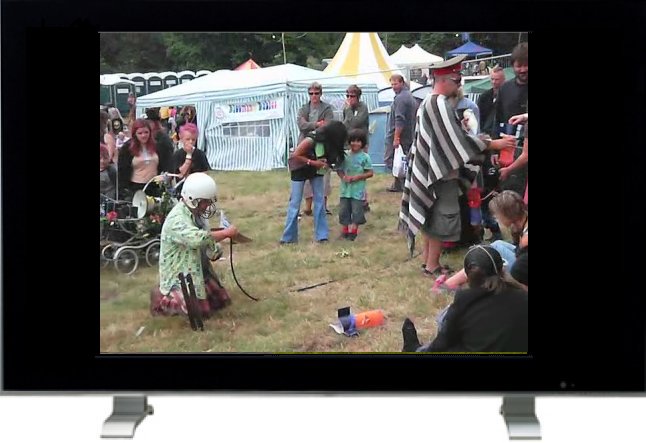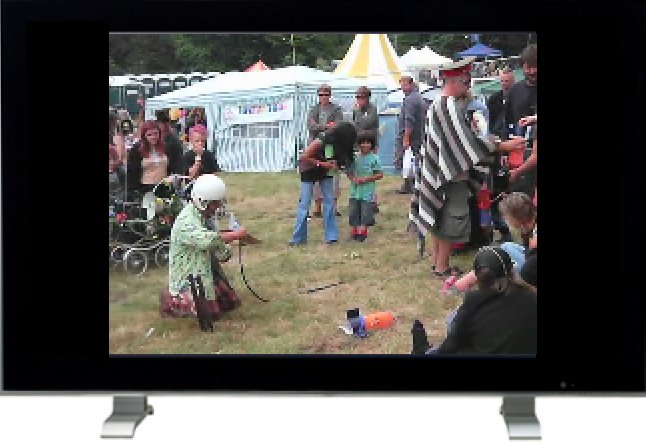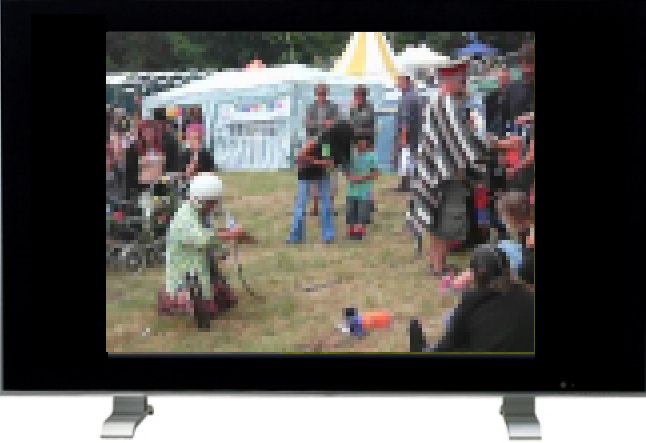Now, it goes without saying that the quality of video recording from a smartphone's camera is not the most important factor in choosing a device. But, with the potential to grab precious moments for your family's archives, with the ad-hoc immediacy that can only really come from a phone-based camera, video recording will probably be a factor.
I wrote recently about the Nokia N95's claim to being a 'breakthrough device'. One of the areas in which it has 'broken through' is the ushering in of true TV-quality video recording into High Street phones. Prior to the N95 (and ignoring the specialist and much larger N93 and N93i), the rest of the smartphone industry (e.g. Nokia N70, N90, N80, N73, E70) was limited to 352 by 288 pixel (CIF) video picture sizes, at 15 frames per second. Although appearing crisp enough on the phone screen, these videos appeared very blocky and unsatisfactory when viewed later (usually via burning onto DVD) on a TV screen, for relatives to see. With the result that you spent as much time apologising for the picture quality as describing the on-screen action.
CIF videos are often described as VHS video-quality, but with hand on heart, they're more akin to VHS videos that have been played 100 times and mangled by your cat...
Of course, the CIF resolution pictures at 15 frames per second, recorded on (e.g.) the 2005/2006 Nseries devices, are themselves miles better than QCIF (176 by 144 pixels) at the same frame rate, the typical video recording resolution of your average phone or smartphone. Here's a visual comparison of the three picture sizes:
First, actual VGA resolution video from the Nokia N93, N93i, N95 or E90...
Next, CIF resolution video from the average S60 smartphone, 352 by 288 pixels by 15 frames per second:
Finally, this is how typical MMS-quality video looks when shown back on a full size TV:
As you can see, the drop in quality at each stage is quite dramatic, more so than you'd think by just viewing videos on the smartphone screen. In fact, in the same vein as moving from cassette to CD, or from black and white screened PDAs to colour, once you've got used to capturing at VGA (or better, the next generation of devices will capture at full DVD resolution, 720 by 576 pixels), it's impossible to go back.
'TV' (VGA or DVD) video recording quality is still something of a novelty in the phone world. But as you look towards a smartphone to purchase in the next 12 months, take careful note of the video recording resolution and frame rate. If you live any kind of active life, especially with a family in tow, you just won't believe how much extra on-the-scene video you'll be able to capture - and play back later without embarrassment or frustration.
Steve Litchfield, 4 June 2007
